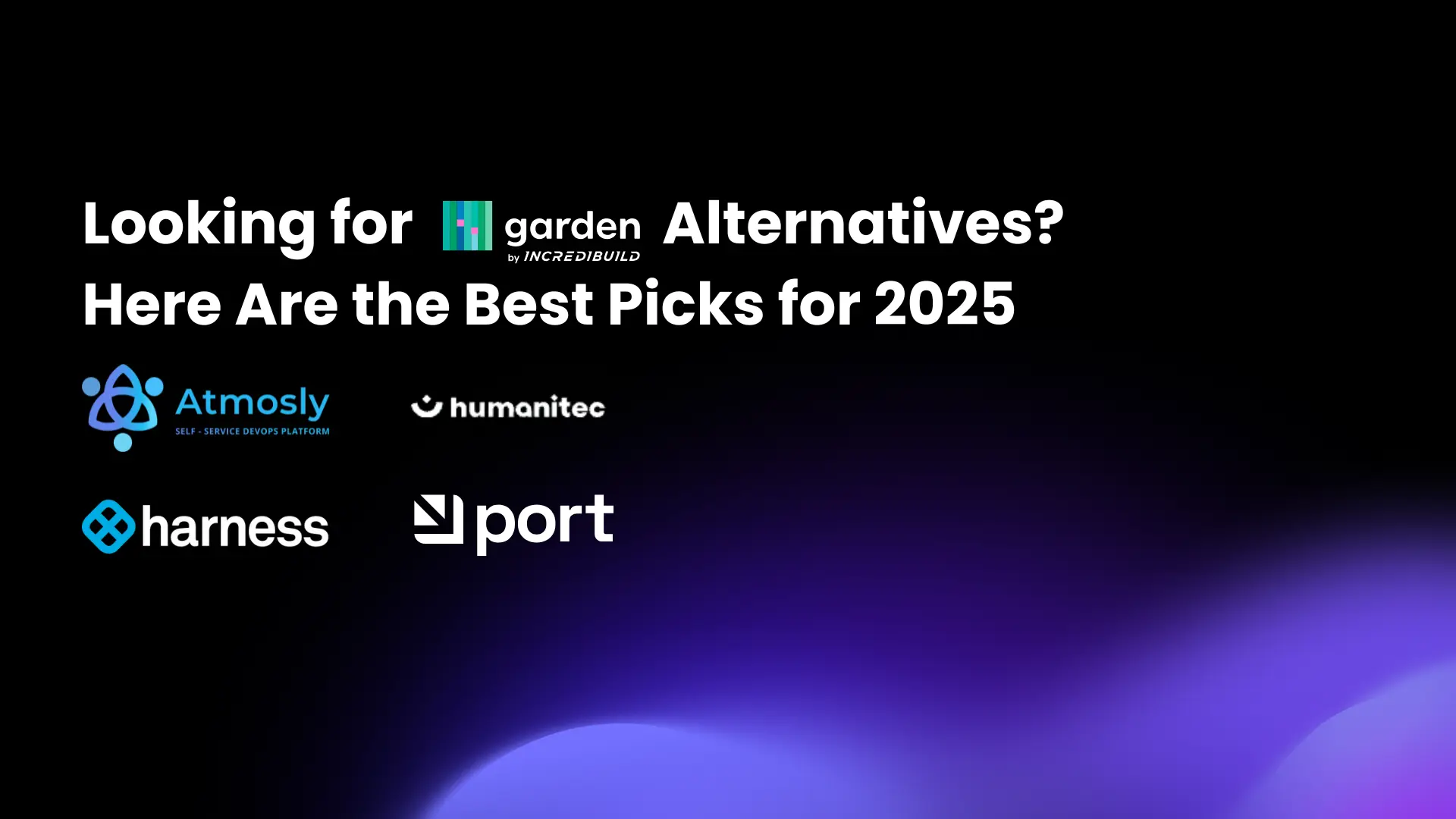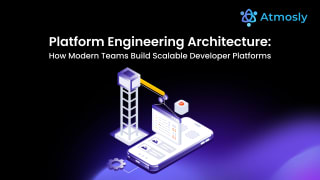Garden.io has helped streamline Kubernetes development workflows by automating build, test, and deploy cycles. However, as engineering teams scale and DevOps maturity grows, many look for platforms that go beyond development loops offering GitOps support, CI/CD pipelines, secrets management, and true self-service infrastructure.
In this article, we explore the top Garden.io alternatives for 2025 that better support developer self-service and DevOps automation.
1. Atmosly
Best for: GitOps-native automation, self-service environments, and built-in CI/CD.
Atmosly is a full-stack DevOps platform that combines GitOps-native deployment workflows, CI/CD pipelines, secrets management, and environment provisioning. Designed for developer self-service and platform scalability, Atmosly is ideal for teams building internal developer platforms (IDPs).
Key Features:
- GitOps-native deployments with rollback and drift detection
- Ephemeral & persistent environment provisioning
- Built-in CI/CD pipeline automation
- Integrated secrets management with RBAC
- Golden path templates for standardizing workflows
2. Humanitec
Best for: API-driven environment orchestration and enterprise compliance.
Humanitec provides a dynamic platform orchestration layer that abstracts infrastructure and automates environment creation through APIs. It helps large platform teams enforce governance, track configurations, and streamline delivery pipelines.
Key Features:
- Declarative environment provisioning via API
- Works with Kubernetes, Terraform, and ArgoCD
- Centralized control for policies and configurations
- Scales with complex team structures
3. Harness
Best for: Enterprise CI/CD pipelines with advanced policy control.
Harness offers a comprehensive software delivery platform focused on secure CI/CD, cloud cost governance, and deployment strategies. It is ideal for organizations that prioritize release stability, compliance, and scalability.
Key Features:
- Canary, blue/green, and rolling deployments
- CI/CD pipelines with policy-as-code
- Feature flag and A/B testing capabilities
- Cloud cost controls and reporting
4. Port
Best for: Developer portals and visualizing internal workflows.
Port enables platform teams to build customizable developer portals that expose infrastructure workflows and service metadata. While it is more focused on visualization and discovery, it integrates with tools like ArgoCD and Terraform for extending self-service workflows.
Key Features:
- Visual-first developer portal builder
- Blueprints for modeling environments and services
- Connects to existing infra and GitOps tools
- UI-driven access to platform workflows
Summary Table
| Tool | Best For | GitOps Native | CI/CD Built-in | Secrets Management | Portal/UI Experience |
|---|---|---|---|---|---|
| Atmosly | End-to-end platform automation | ✅ Yes | ✅ Yes | ✅ Yes | Moderate |
| Humanitec | Enterprise infra orchestration | Partial | ❌ No | ❌ External tools | Minimal (API-first) |
| Harness | Secure, scalable CI/CD | Partial | ✅ Yes | ❌ External tools | Moderate |
| Port | Visualizing workflows & metadata | ❌ No | ❌ No | ❌ No | ✅ Strong |
Final Thoughts
Garden.io is excellent for Kubernetes development acceleration, but many teams need platforms that extend automation beyond dev/test. If you're looking to scale your DevOps workflows or enable self-service infrastructure:
- Choose Atmosly for all-in-one GitOps, CI/CD, secrets, and templates.
- Choose Humanitec for API-driven orchestration and enterprise governance.
- Choose Harness for CI/CD compliance and delivery safety.
- Choose Port for a UI-centric approach to workflow discovery and dev portals.
Each tool offers unique strengths depending on your organization’s DevOps maturity and platform needs in 2025.
Get Started with Atmosly
- Launch your first GitOps deployment in minutes
- Explore pre-built environment templates
- Book a demo with our solutions team






